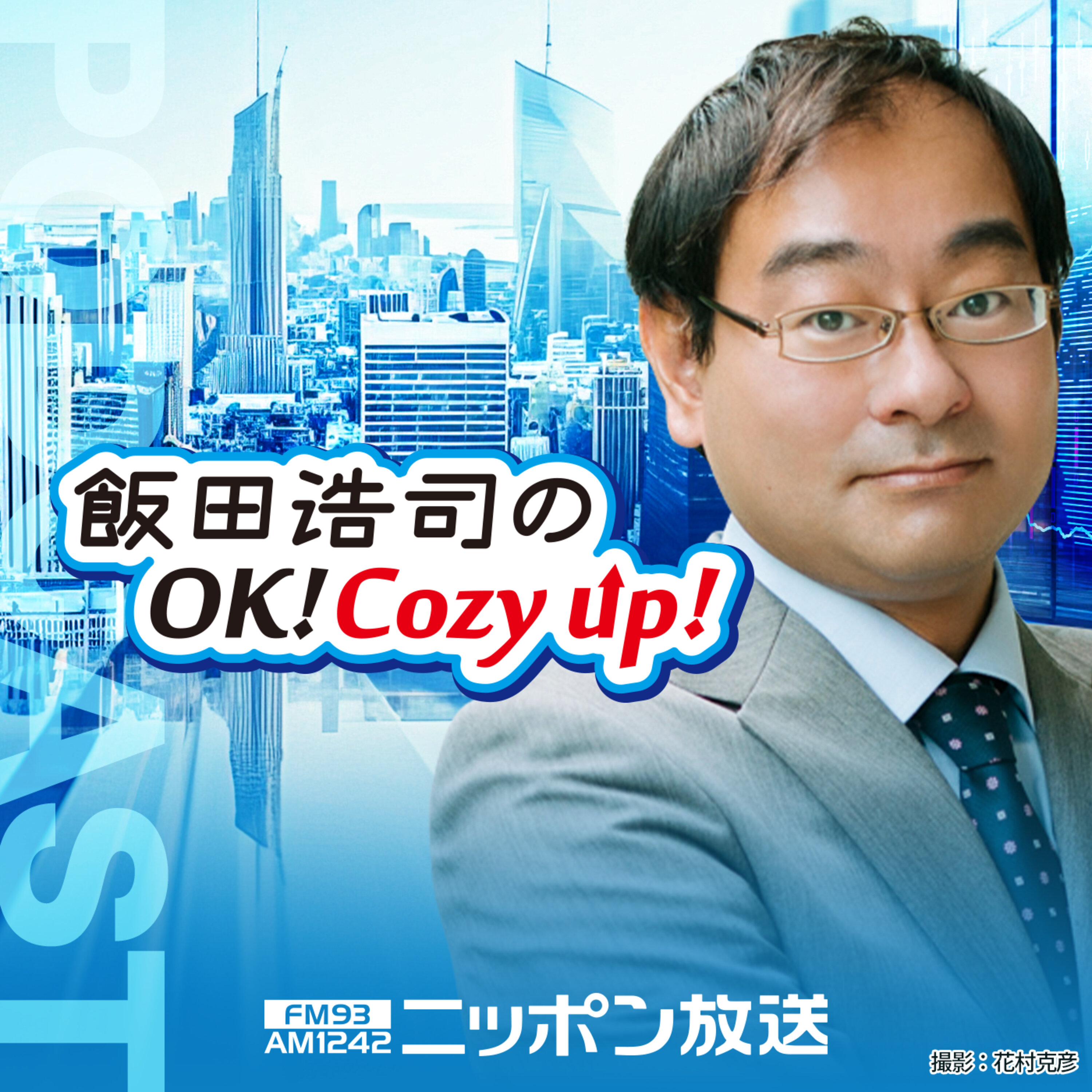
2025年1月1日(水)コメンテーター:宮崎哲弥

飯田浩司のOK! Cozy up! Podcast
Deep Dive
What is the significance of the 3D-printed houses in Suzu City?
The 3D-printed houses in Suzu City are part of the reconstruction efforts following the Noto Peninsula earthquake. These houses, developed by a startup called Serendix, are 50 square meters in size and feature a 1LDK layout with a bedroom, living room, bathroom, and toilet. They are designed to be quickly assembled, with construction taking only 48 hours, though additional work like electrical and plumbing installations extends the total time to about three months. The initiative aims to provide affordable and efficient housing solutions for the disaster-stricken area, with a target cost of around 5 million yen per unit.
Why is the second year crucial for the recovery of the Noto Peninsula?
The second year is considered crucial for the recovery of the Noto Peninsula because it marks the transition from initial emergency response to long-term reconstruction. According to local officials and residents, the speed and efficiency of rebuilding efforts in this period will determine the overall success of the recovery. Challenges such as the aging population and depopulation in the region add complexity, but innovative solutions like 3D-printed housing and community-driven initiatives are seen as key to revitalizing the area.
What challenges remain in Suzu City's infrastructure recovery?
Suzu City still faces challenges in its infrastructure recovery, particularly with its water supply. The earthquake damaged the local water purification plant, and ongoing issues like ground subsidence and pipe displacement have delayed full restoration. Additionally, heavy rainfall in September 2024 caused further setbacks, burying newly laid pipes under mudslides. As a result, some residents still rely on water tanks for their daily needs, highlighting the complexity of fully restoring essential services.
How did the secondary evacuation system work after the Noto Peninsula earthquake?
After the Noto Peninsula earthquake, a secondary evacuation system was implemented to move residents from overcrowded shelters to better-equipped facilities in areas like Kanazawa and Kaga. This system was particularly important given the aging population and harsh living conditions in the initial shelters. Komatsu City, for example, played a key role in receiving evacuees, leveraging its infrastructure and resources to provide temporary housing and support. The system was facilitated by pre-existing disaster response frameworks and collaboration between local governments.
What role did Komatsu City play in the disaster response?
Komatsu City played a significant role in the disaster response by serving as a hub for secondary evacuations. The city, which has a major airport and is a transportation hub, received evacuees from heavily affected areas like Suzu and Wajima. Komatsu's mayor, Katsuei Miyabashi, emphasized the importance of pre-existing relationships with local businesses and the Self-Defense Forces, which enabled efficient coordination of resources and support. The city also utilized a database system developed during previous disasters to manage and share information about evacuees and their needs.
- 3Dプリンター住宅の建設事例
- 迅速な建設とコスト削減の可能性
- 過疎高齢化地域での住宅再建の課題
- 地元企業とスタートアップ企業の協働
Shownotes Transcript
1月1日(水)ニュース
▼飯田アナ「珠洲 3Dプリンター住宅~珠洲のインフラ復興の現状」
~三百苅管工三百苅卓明社長インタビュー
▼珠洲市「いろは書店」リポート
~いろは書店 八木淳成さんインタビュー
▼能登半島地震から1年
~MRO北陸放送 兵藤 遥陽アナウンサー 電話リポート
▼報道部・藤原高峰記者 輪島市からリポート
▼小松市における“衰弱した高齢者の2次避難”の教訓
~小松市の宮橋勝栄市長インタビュー
See omnystudio.com/listener) for privacy information.